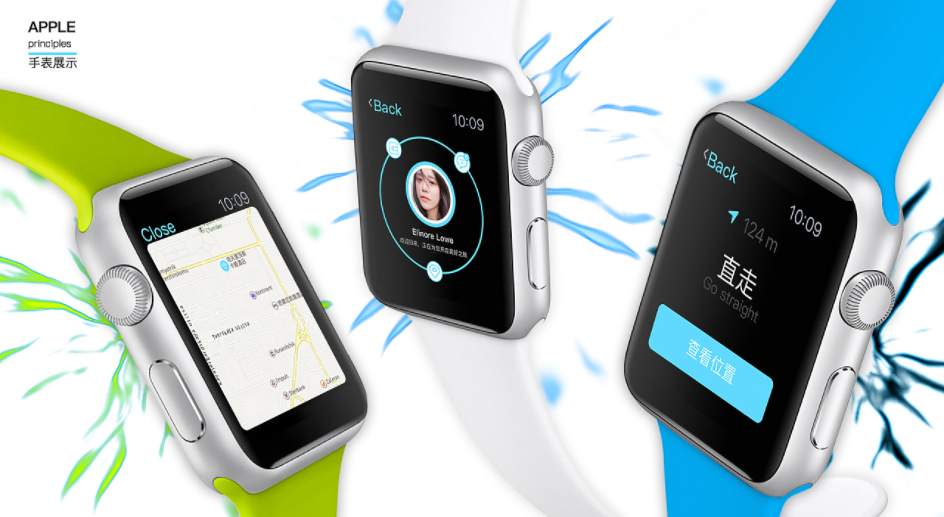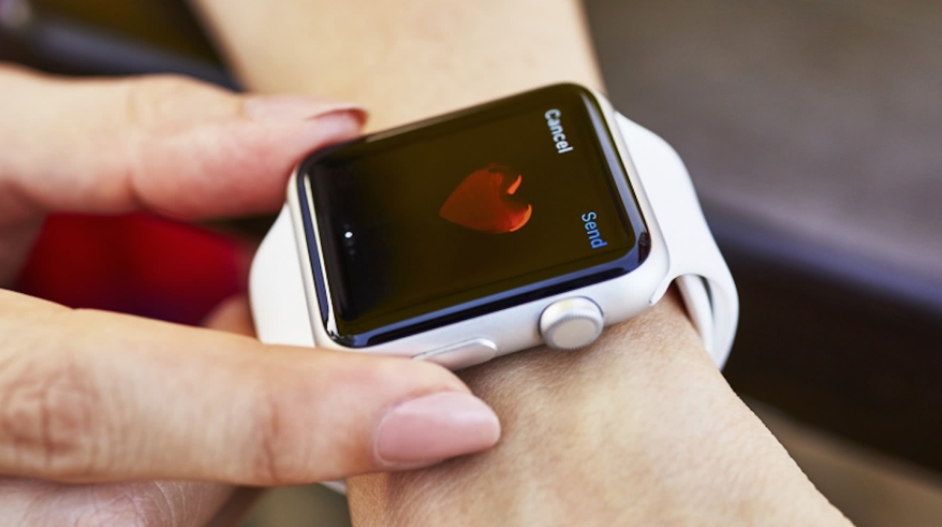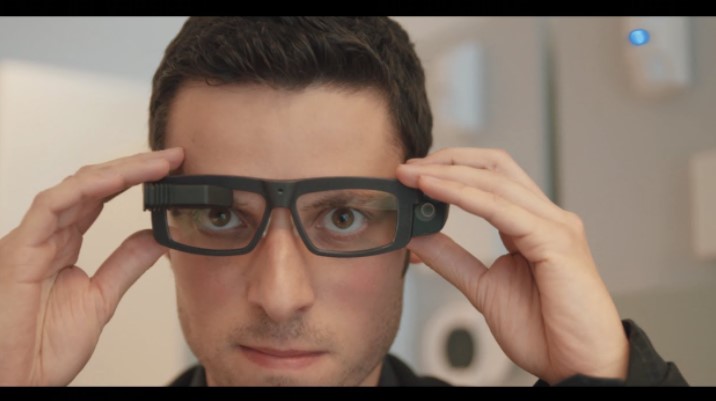Wearable intelligent devices have gradually become indispensable electronic products in people's daily lives. According to a report from CCTV Finance and Economics, the domestic wearable device market is in a period of vigorous development, especially smart watches priced between 1000 and 2000 yuan, which are most popular among consumers. According to the latest 'Quarterly Tracking Report on China's Wearable Device Market' released by IDC, the shipment volume of China's wearable device market in the first quarter of 2021 was 27.29 million units, a year-on-year increase of 42.6%. In 2020, the shipment volume of wearable devices in China reached nearly 110 million units, a year-on-year increase of 7.5%. This is another highly promising market after smartphones and smart homes.


This trillion dollar market is also the reason why countless internet, technology giants, mobile phone companies and other fields are vying to enter this market. However, can these smart wearable devices really meet our needs? Actually, it's not yet there.
Why do we need smart watches?
The world's first product that could be called a smartwatch was born in 1982. The famous Japanese watchmaking company SEIKO launched the T001 TV watch, which can display videos in 10 different gray images. It is understood that the research and development cost of T001 exceeded 100 million yen (approximately 6.43 million yuan), and in 1984, it also obtained the Guinness World Record, officially recognized as the 'smallest television in the world'. Afterwards, this watch also appeared in the '007' series of movies, attracting much attention. In 2004, Microsoft launched a 'smartwatch' called SPOT, which is very similar in appearance and function to current smartwatches. For example, it can change the dial, view messages, news, weather, and other information, and also has wireless charging function. As for why it did not develop, the main reason was still in terms of price. At that time, users not only had to spend $299 to purchase this watch, but also had to pay an additional $59 per year to use it normally.

Starting from this watch, various technology giants have been frantically launching their own smartwatches, but the outcome is not very good. Until the emergence of Apple Wacth in 2014, it completely changed the situation of smartwatches, successfully promoting them into mainstream products, selling 4.2 million units within six months. By 2019, the annual sales of the Apple Watch, an Apple smartwatch, exceeded the total shipments of all Swiss watch brands (31 million/21 million), which shocked the entire watch industry.

The emergence of the Apple Watch not only broke the circle of the term smartwatch, but also became one of the learning benchmarks for wearable smart devices later on. After the gradual maturity of smart watches, a new form of wearable smart device was born, which is the smart bracelet. The smart bracelet can be seen as a streamlined version of a smartwatch, with a smaller screen, reduced functionality and configuration, and retained certain health monitoring functions. It has certain advantages in terms of battery life and price. According to IDC's market research, the market share of smart bracelets has reached 11.5% of the total smart wearable market, and there is still room for development and popularization. For mobile phone manufacturers, developing and producing wearable smart devices has become a consensus. Wearable smart products can not only generate more revenue and profits, but more importantly, improve their own smart product ecosystem, deeply bind to user products, and to some extent prove their technological strength. For example, among the current smart products, Apple's intelligent ecosystem is the most complete, with an Apple system that integrates iPhone, iWatch, AirPods, and iPad, providing users with the best user experience.

Although the current Android camp is not as closed as iOS, most Android manufacturers still need to match their wearable devices with their own product terminals, which will further divide the wearable device ecosystem between different manufacturers. Although it is possible to download app bindings, the actual experience still varies. And for most consumers, what they expect from their watches is that they can complete some unwanted or inconvenient operations when holding their phones through simple interaction, rather than anything else. Taking the recently released OPPO Watch 2 as an example, although it has sufficient features and can meet the needs of the public, it is still not enough to help it break the circle and will not splash too much waves belonging to the OPPO ecosystem.
Is the future of wearable smart devices glasses?
Speaking of the future, what will be the future of wearable devices? In the days when smartwatches were first born, many users would believe that future smartwatches could successfully replace smartphones, but now they can only play an auxiliary role, and the so-called 'intelligence' of watches is still more reflected in additional applications. However, smart glasses with different shapes can well shoulder the 'future' of smart watches, not to mention replacing mobile phones, at least smart glasses can do more. Although the application and research of intelligent glasses in various fields is still in its early stages, further research and exploration are needed.

The reason why smart glasses cannot develop and become popular as quickly as smart watches is mainly limited by the technology and network conditions at that time, which made it difficult to 'cram' enough functions into a pair of glasses while ensuring lightness. Nowadays, the low latency, large bandwidth, and fast connection characteristics of 5G perfectly solve a major pain point in the development of intelligent glasses. With the development of cloud computing and AI, intelligent glasses will be able to be more widely used. For example, smart glasses can allow users to stand at the first angle of the news scene and 'live stream' the entire news event together with journalists, editors, and parties, providing a deeper sense of immersion. For example, smart glasses can help engineers in some factories complete more precise operations and improve work efficiency.

According to data from the Federal Bureau of Labor Statistics in 2012, approximately 46 million Americans work in industries that require the assistance of wearing devices. By 2022, this number will increase to 52 million people. Can 'smart glasses' support the second half of smart wearable devices? The answer is uncertain, but in the future of smart wearable devices, smart glasses will definitely not be absent.
epilogue
For the market, today's wearable smart devices have fallen into a bottleneck period, and the annual upgrade points are also painless, making it difficult to attract users to upgrade, let alone ordinary consumers to purchase and use them.
Therefore, for these manufacturers of intelligent wearable devices, how to innovate in functionality or form is a challenge. However, once this challenge is overcome, it is highly likely to become a benchmark for the entire market and even lead the development of the entire industry.
As ordinary consumers, all we can do at present is to wait and accept. Smart wearable devices need at least a decade of development to challenge and overturn phones with complete system ecology. Only when chips, ICT manufacturers, ODMs, software developers, content creators, and other partners collaborate and establish new industry rules can the life of mobile phones be completely changed.
Tuyang Intelligent Wearable Device | Bluetooth Solution Recommendation
Intelligent ear alignment
Sports earphones
ANC/ENC TWS headphones with noise reduction
ANC/ENC TWS noise reduction earphones